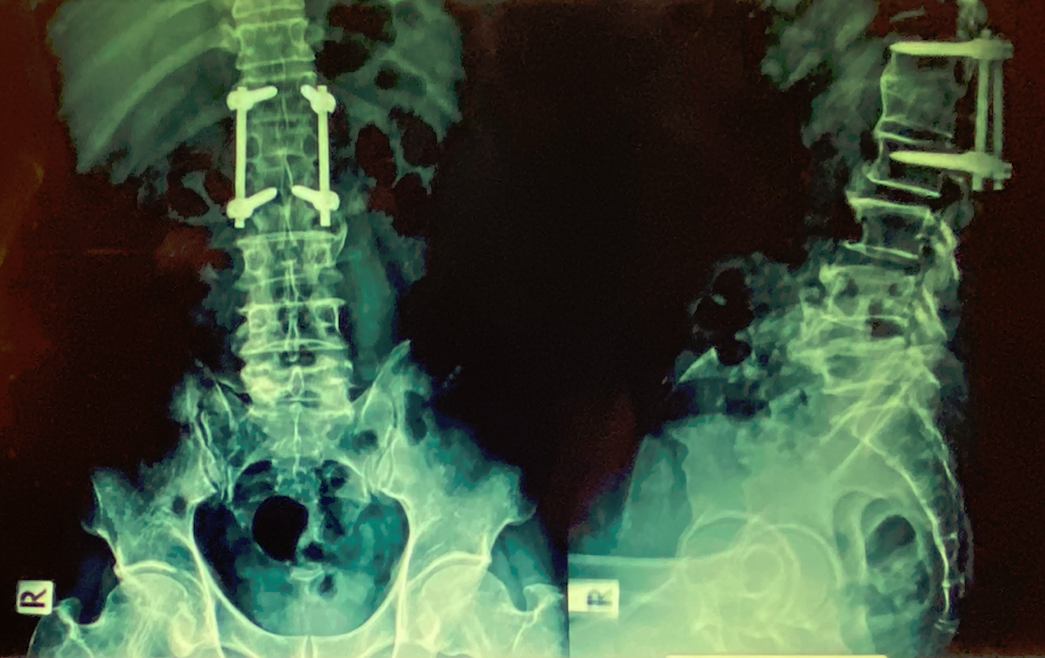What is a fusion?
A fusion aims to stabilize the spine by holding it safely in place, addressing one’s symptoms (neurological deficits) by restoring vertebral height and the decompression of nerves; while eliminating any future movement of that weak vertebral level causing pain.
A spinal fusion is a surgical intervention which joins two or more vertebrae in the cervical (neck) or lumbar spine.
Metal rods and screws secure the spine in a posterior stabilization surgery. It might look invasive and scary, but sometimes a fusion is required, and sometimes it can be avoided.
Spinal fusion risks include:
-
Often invasive surgery with a recovery time of 6+ months
-
Sacrifices all movement from that level of the spine
-
Increased stress on adjoining spine levels, with a higher chance for new damage, known as “segmental disease”, requiring ongoing fusion extension over time.
In some spinal conditions, there is no option but a fusion, while in other situations, a fusion can be avoided with a motion-preserving intervention.
Motion-preserving spine surgery has been available in Germany for the past 25 years.
You may be a candidate for this, or other innovative technologies, removing the need for a fusion.

